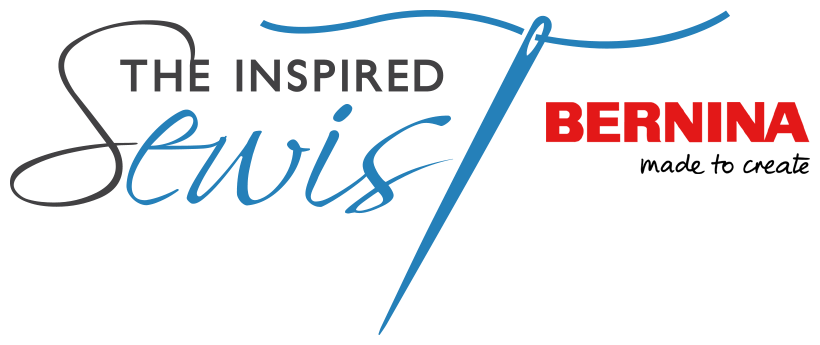29 Nov Building Your Sewing Skills
For anyone new to sewing, the best advice I can offer is to keep it simple. You can take a stroll through your local fabric store and become overwhelmed by the massive pattern books and thousands of patterns stuffed into all those drawers. Still, you’ll find that there are simple materials in the store for you to start without much hassle.
If you are at a loss, start with a pillow or a soft sculpture. I can tell you this: with everything you make, you learn something new that helps move you along. If I look back at my beginnings, I remember making clothes for Barbie and Ken. When I got to middle school, it was a complicated nightgown in my Home Economics class. I don’t know if they even teach that anymore.
Each New Sewing Technique Advances Your Interest and Success
I came through that challenge to become a semi-tutor, helping classmates with their projects and ultimately receiving the Crisco Award for outstanding achievement. What is useful to know about learning is to take it step by step. I was fortunate to learn a lot from my mother, who just seemed to know how to do everything. Today, we have the internet.
Before you can sew on a machine, though, you need to learn how to sew by hand such things as:
- Hand stitching
- Hem and basting stitches
- How to sew on a button
- How to mend or alter garments
I can’t tell you how bored I was with always needing to hem any pair of pants I bought. I can, however, tell you how grateful I am for the practice of how to sew hems. Two realizations hit me as I have progressed:
- Anything you sew on a machine, you can also do by hand.
- Numerous elements in a machine pattern can be handsewn.
Expanding Your Skills as You Go
Suffice it to say, having ample hand-sewing skills only adds to your machine skills and, ultimately, how your projects turn out to your liking. If you do not have a tutor by your side, you probably have access to the internet. There, you’ll find blogs, websites, forums, YouTube tutorials, and countless other groups where people come together and share their knowledge and skills.
More immersion is better than standing back in resignation. Everything you learn and master makes the next project more exciting to complete. Let’s get back to those humongous pattern books.
Necessity is the Mother of Invention
For me, it seemed very inspiring at first. There are so many beautiful things you can make from a simple pattern – except that most of my stuff never looked like the artist’s rendering on the package. One day, I wanted to make a shirt just like the one I loved so much I wore it out. I could not be seen in a threadbare garment, no matter how much I loved it.
I figured out how to take it apart carefully and use the pieces to create a new pattern. I even went so far as to use transparent plastic trash bags as pattern material instead of tissue. The practice was helpful to pin and trace pattern pieces from garments I wanted to copy without needing to take them apart.
Using Those Patterns as a Guide to Your Inner Tailor
Once I had done this, I began to see a difference in my finished pieces. Suddenly, I was making commercially viable clothing. That’s when it hit me that sewing patterns are as much a guide as anything else.
I later started to adapt patterns instead of following them so closely. In other words, I was advancing to the level of tailoring my clothes. The next step I took was to offer my services to friends and relatives by asking them if they had a favorite garment that they wanted me to remake in new and different fabrics.
Branching Out and Spreading My Wings
Then, quite by chance, something happened to me. A gentleman in Canada asked me to make him a pair of shorts. This moment made me confront my decided lack of professional polish. So I went out and bought a pair of shorts and proceeded to reverse engineer them to see how the pros did them.
I learned a lot about reinforced stitching and the dynamic of all those pockets, waistband loops, and zippers. The big secret I possessed was all that practice I had got in first. As I was examining the deconstruction, I was immediately learning a lot of new trade secrets on making garments people wanted that looked good.
I got creative and bought novelty cotton to make the inside pockets as a joke. To me, I had moved on to the big leagues. More than that, though, I had achieved a new level of excitement for my continued learning.
If you are a beginning sewist and want an entré into the best ways to get started seeing successful results to keep your interest alive, pop over to our page where you can make contact and introduce yourself to our great site. We have tons to offer in getting started and for your continued learning how to become an accomplished sewist.

